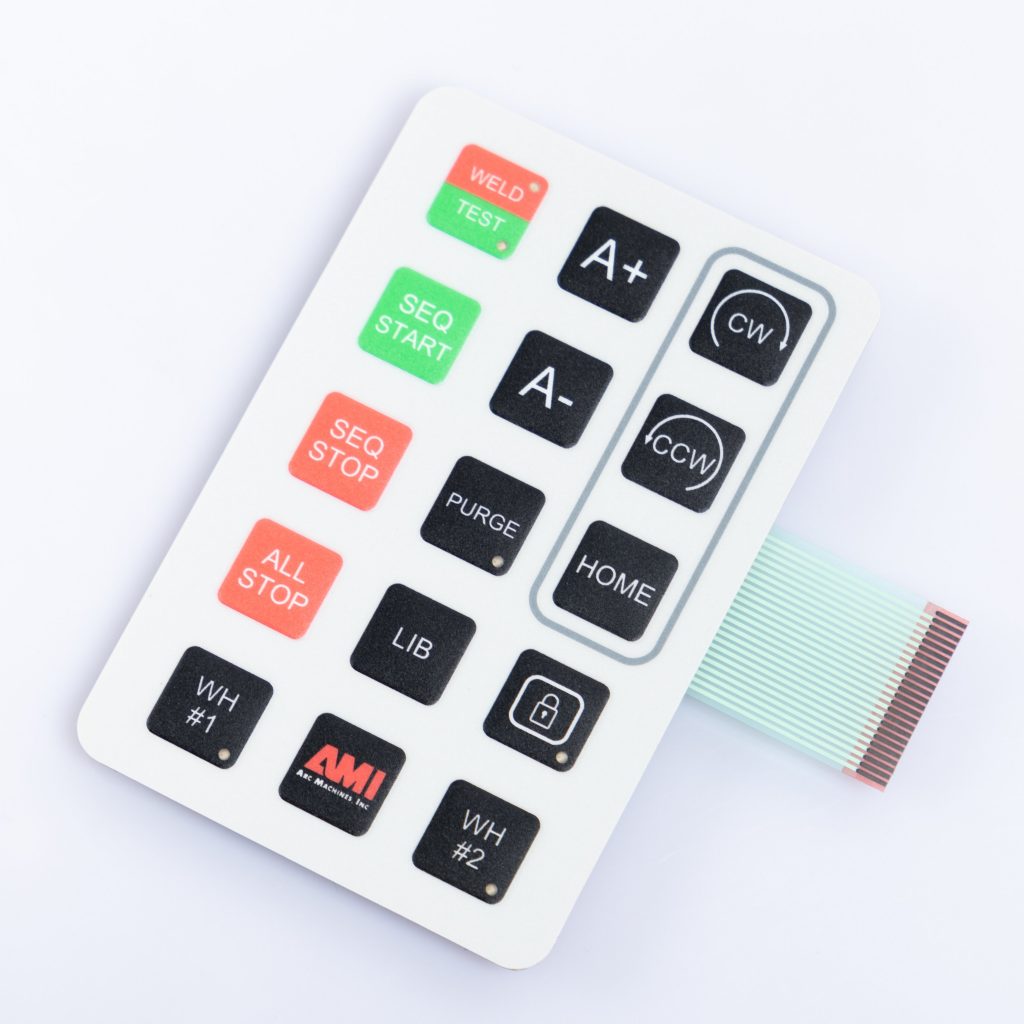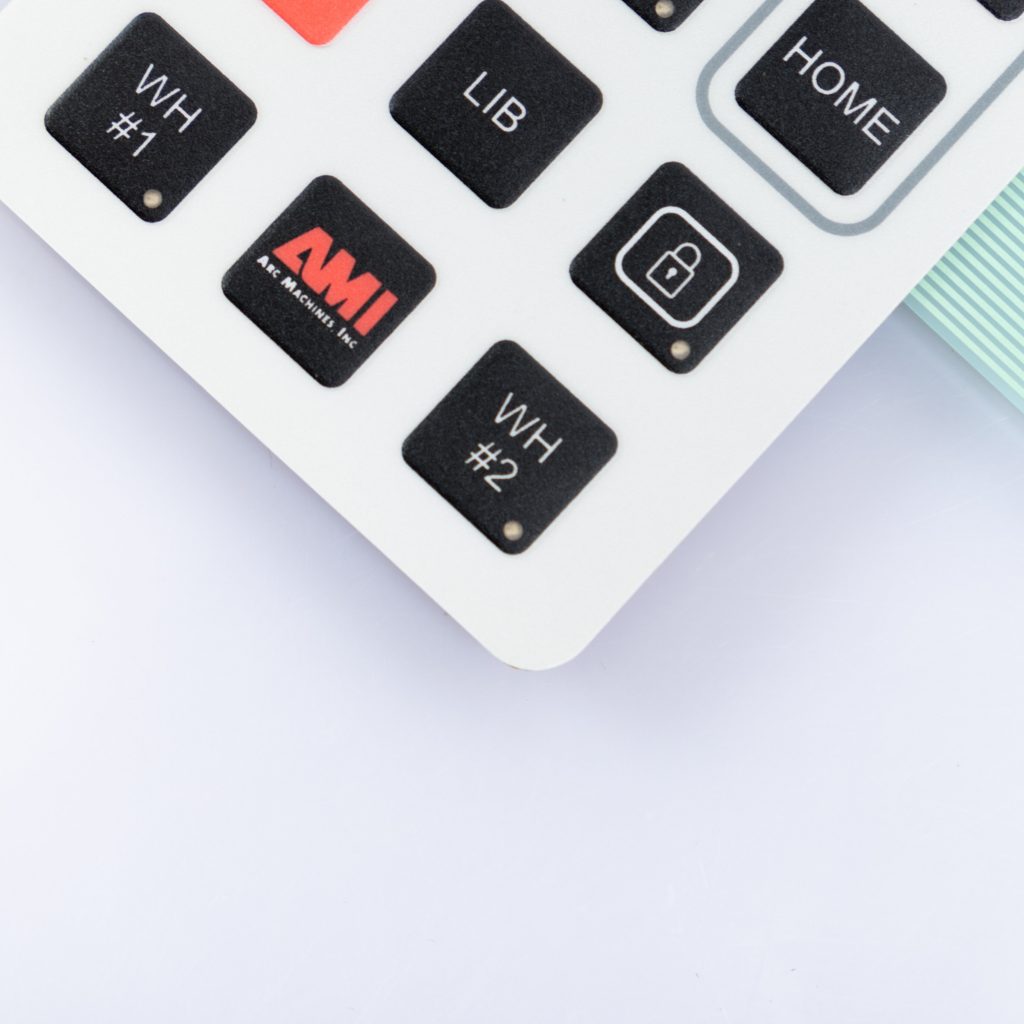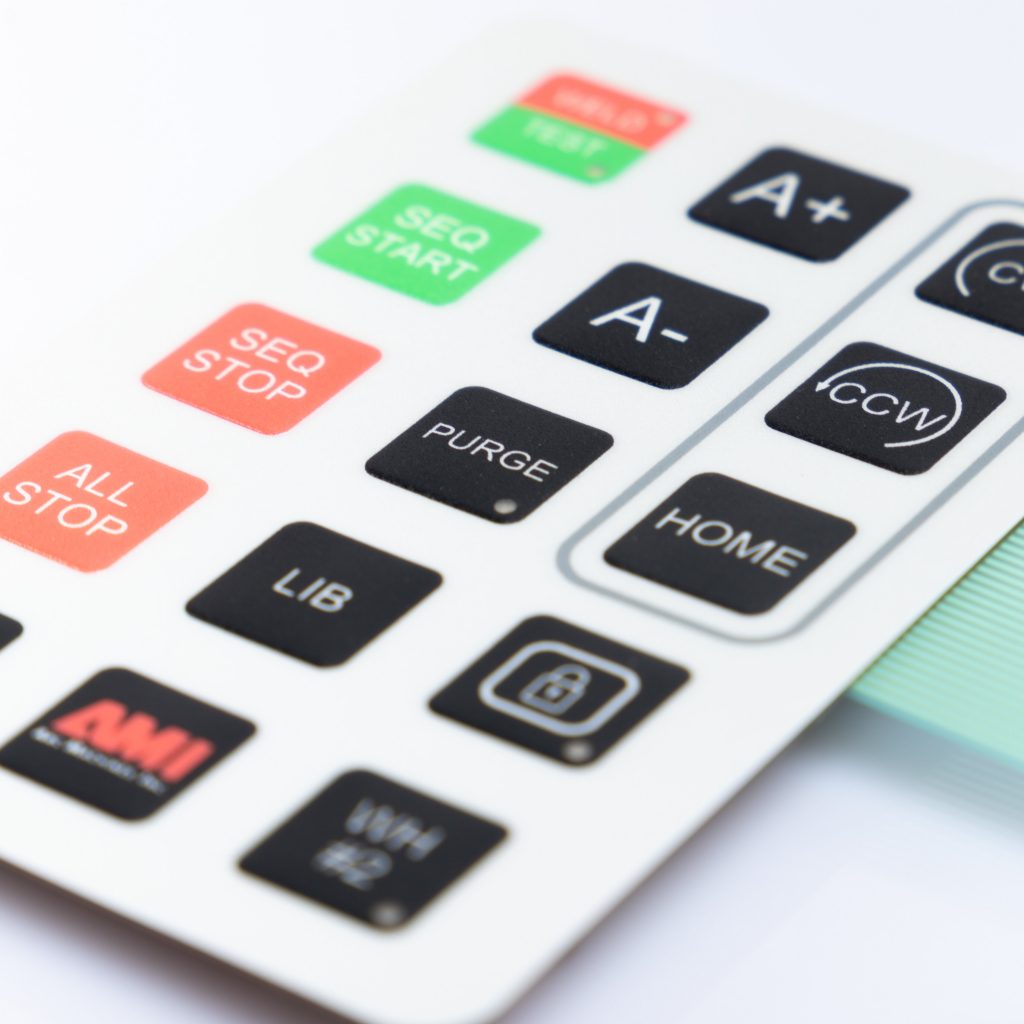Contact
Write to Us And We Would Be Happy to Advise You.
Do you have any questions, or would you like to speak directly with a representative?
By hqt
In the world of modern interface technology, the rubber membrane switch/panel stands as a pinnacle of utility and convenience. From remotes to industrial equipment, these nifty devices make our interactions with electronic devices smoother and more intuitive. But have you ever stopped to consider how they are constructed? This article pulls back the curtain and dives headlong into the question – How many layers does a rubber membrane switch/panel consist of? So, strap in, we’re about to embark on a fascinating journey of exploration and discovery.



One of the most intriguing aspects of rubber membrane switches/panels is their construction. So, how many layers does the rubber membrane switch/panel consist of? Typically, a rubber membrane switch is made up of around four to six layers. The exact number, though, might vary depending on the specific design and requirements of the application. Each layer performs a specific function that contributes to the overall operation and longevity of the switch. Let’s pull apart these layers and explore what goes on beneath the surface.
The outermost layer of a rubber membrane switch is often referred to as the graphic overlay. This layer is what users interact with. It’s adorned with labels, symbols, and designs that guide users on how to operate the device.
Located right beneath the graphic overlay is the spacer layer. The purpose of this layer is to keep the upper and lower sections of the switch separated when not in use. This separation prevents any unintended actuation of the switch.
The heart of the rubber membrane switch lies in the circuit layer. This layer holds the printed circuits that register the input when a switch is pressed.
Finally, we have the adhesive layer, a key element that holds everything together. The adhesive layer secures the other layers and attaches the entire switch assembly to the device.
Now that we’ve outlined the layers, let’s delve into each layer’s role and significance.
The graphic overlay is your first point of contact with any rubber membrane switch. The layer plays a significant role in not only guiding the user’s actions but also protecting the underlying layers.
The spacer layer often goes unnoticed, but its role is integral to the switch’s overall functionality. By separating the upper and lower sections of the switch, the spacer layer ensures the switch doesn’t activate accidentally.
The circuit layer is the “brain” of the rubber membrane switch. When a button is pressed, it’s this layer that communicates the input to the device.
The adhesive layer’s primary function is to keep the switch intact. This layer securely attaches the switch to the device and holds the layers together, ensuring seamless operation.
The process of making a rubber membrane switch involves a number of intricate steps, ensuring each layer is properly assembled and aligned.
The process begins with the design and creation of the graphic overlay. The overlay is carefully designed to ensure a user-friendly interface.
The spacer layer is then prepared, often made of polyester film, and is strategically designed to fit the layout of the switches.
The circuit layer is then printed, often using conductive inks. The layout of the circuit depends on the number and function of the buttons on the switch.
Finally, the adhesive layer is applied to bond the layers together and attach the switch to the device.
Rubber membrane switches are found in a variety of applications across different industries.
You’ll find them in various household appliances, including microwave ovens and washing machines.
Rubber membrane switches are extensively used in industrial machinery due to their durability and reliability.
They are also prevalent in medical equipment, where they ensure precise and accurate control.
Rubber membrane switches offer a number of advantages over traditional mechanical switches, making them a popular choice for many applications.
Rubber membrane switches are often more cost-effective than mechanical switches, making them a popular choice for manufacturers.
These switches are known for their durability and ability to withstand harsh conditions.
Rubber membrane switches offer a lot of design flexibility, allowing manufacturers to customize the interface to their specific needs.
Rubber membrane switches are typically made from silicone rubber, polyester film, conductive inks, and adhesive materials.
The lifespan of a rubber membrane switch can range from one to five million cycles, depending on usage and environmental conditions.
Yes, rubber membrane switches are typically designed to be water and moisture-resistant, making them suitable for a wide range of applications.
Absolutely! One of the key advantages of rubber membrane switches is their ability to be customized to fit specific applications.
Rubber membrane switches are used in a variety of devices, including household appliances, industrial machinery, medical equipment, and many more.
When a button on the switch is pressed, the top layer (graphic overlay) deforms and makes contact with the circuit layer underneath, sending a signal to the device.
Understanding the layers of a rubber membrane switch/panel is akin to discovering a hidden world of design and engineering genius. It’s amazing how much functionality and sophistication are packed into these tiny, often overlooked components of our everyday devices. So, the next time you press a button on your remote or microwave, take a moment to appreciate the layers beneath your fingers!
Do you have any questions, or would you like to speak directly with a representative?